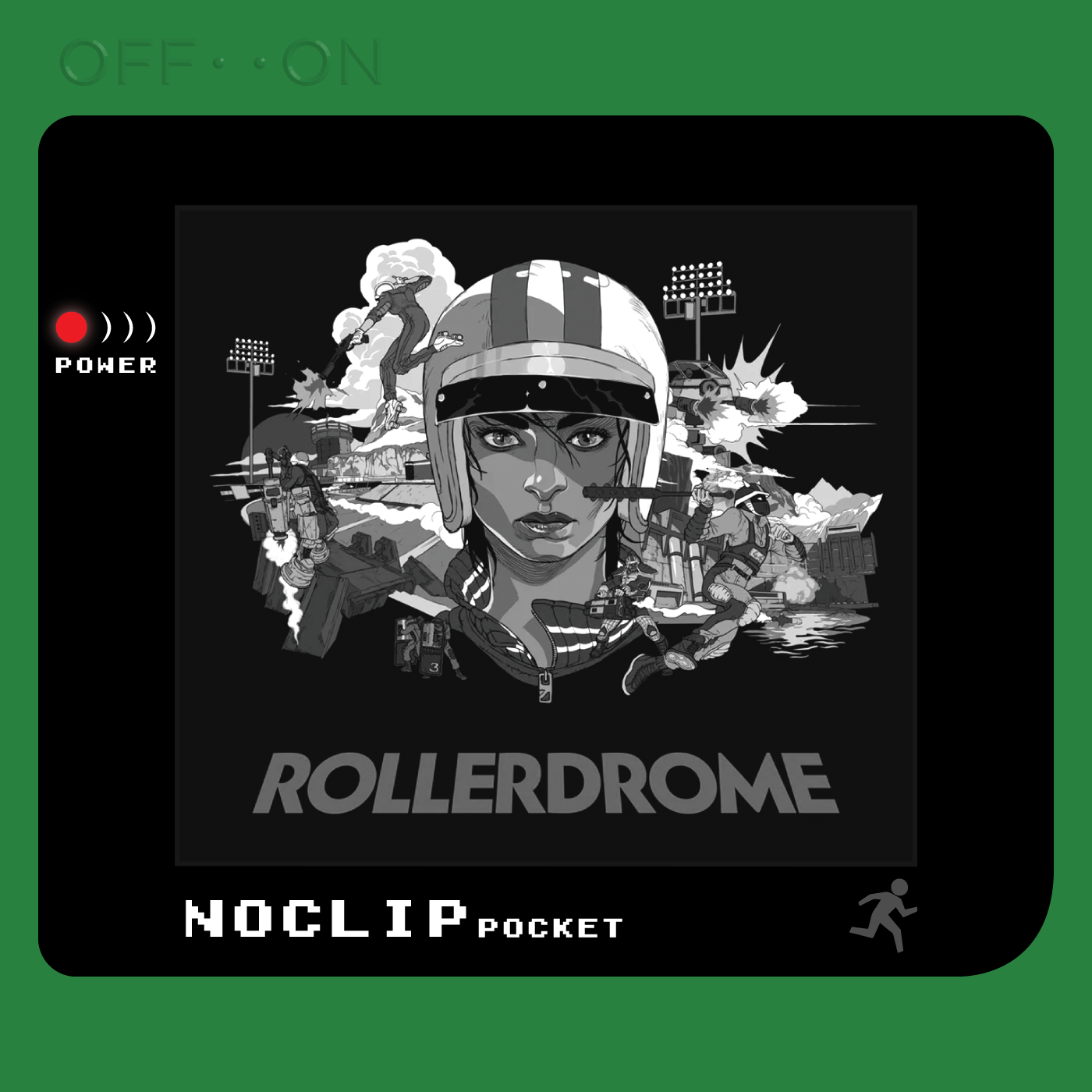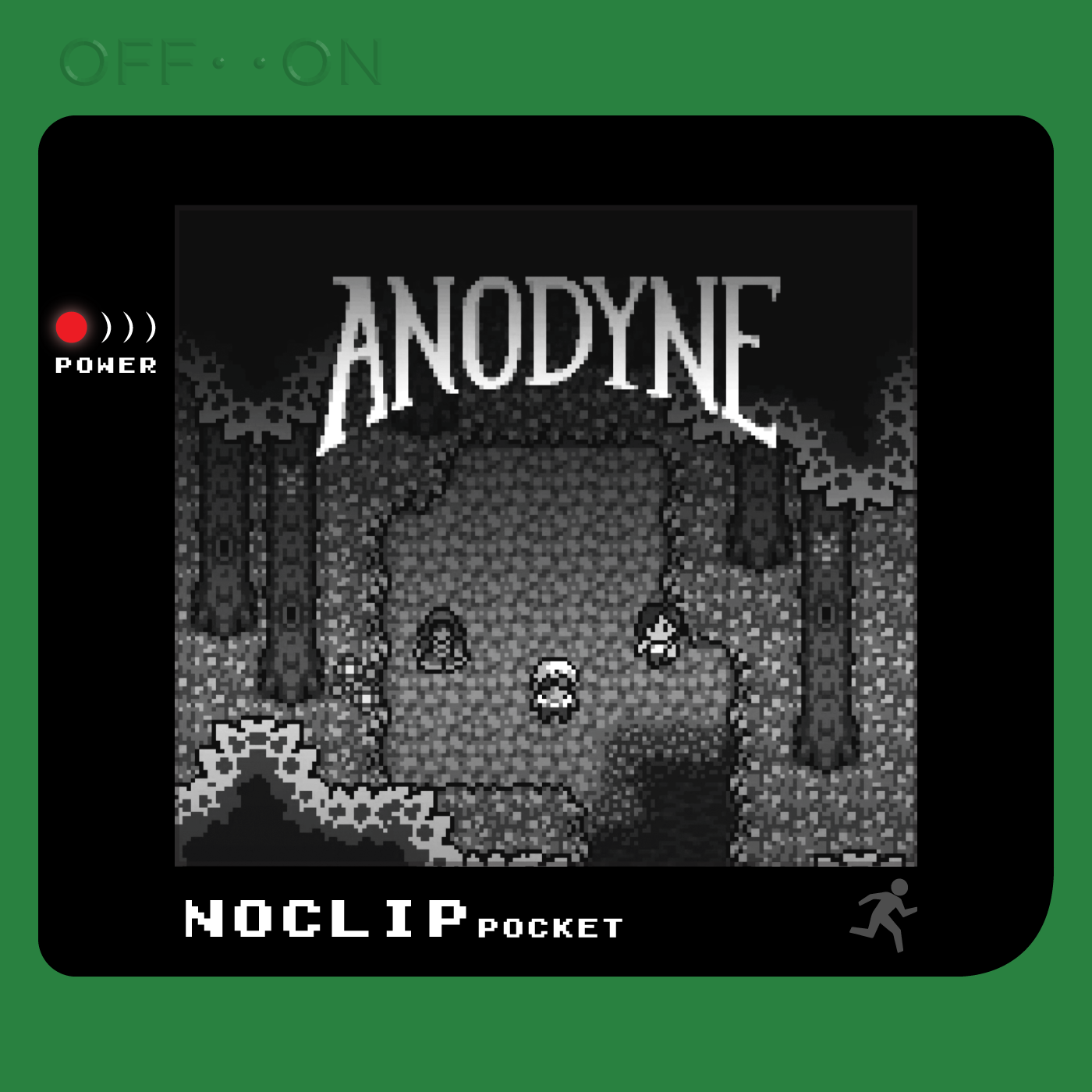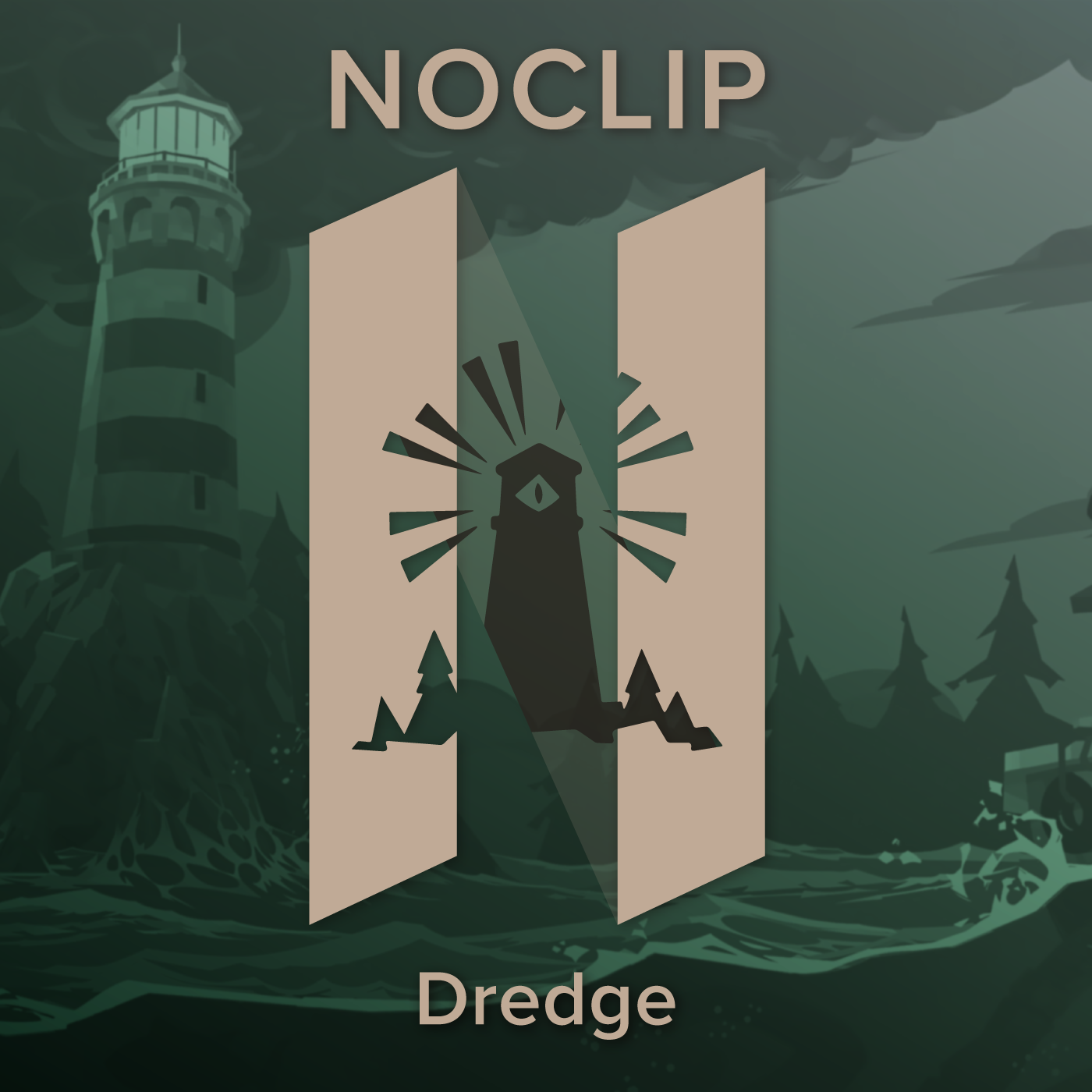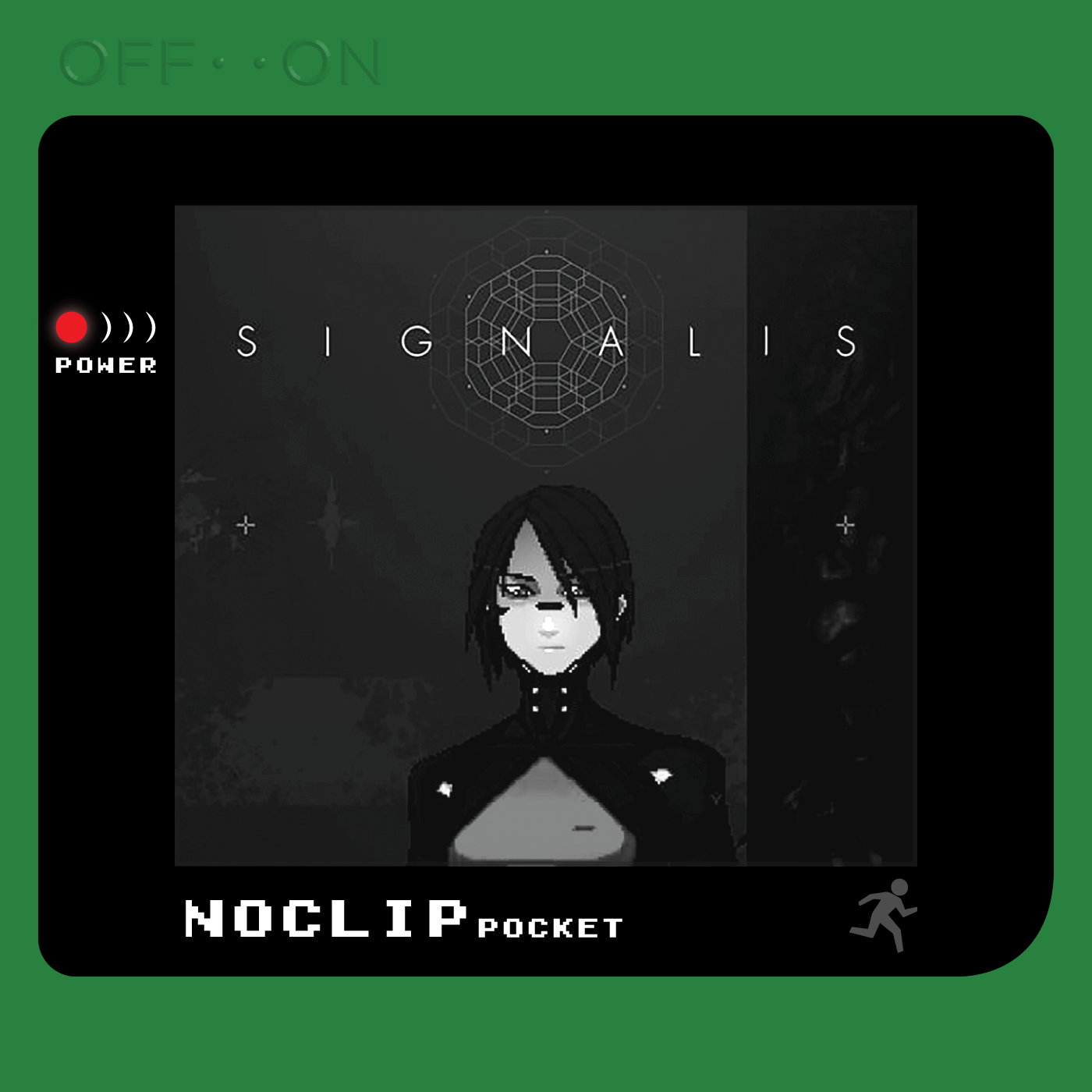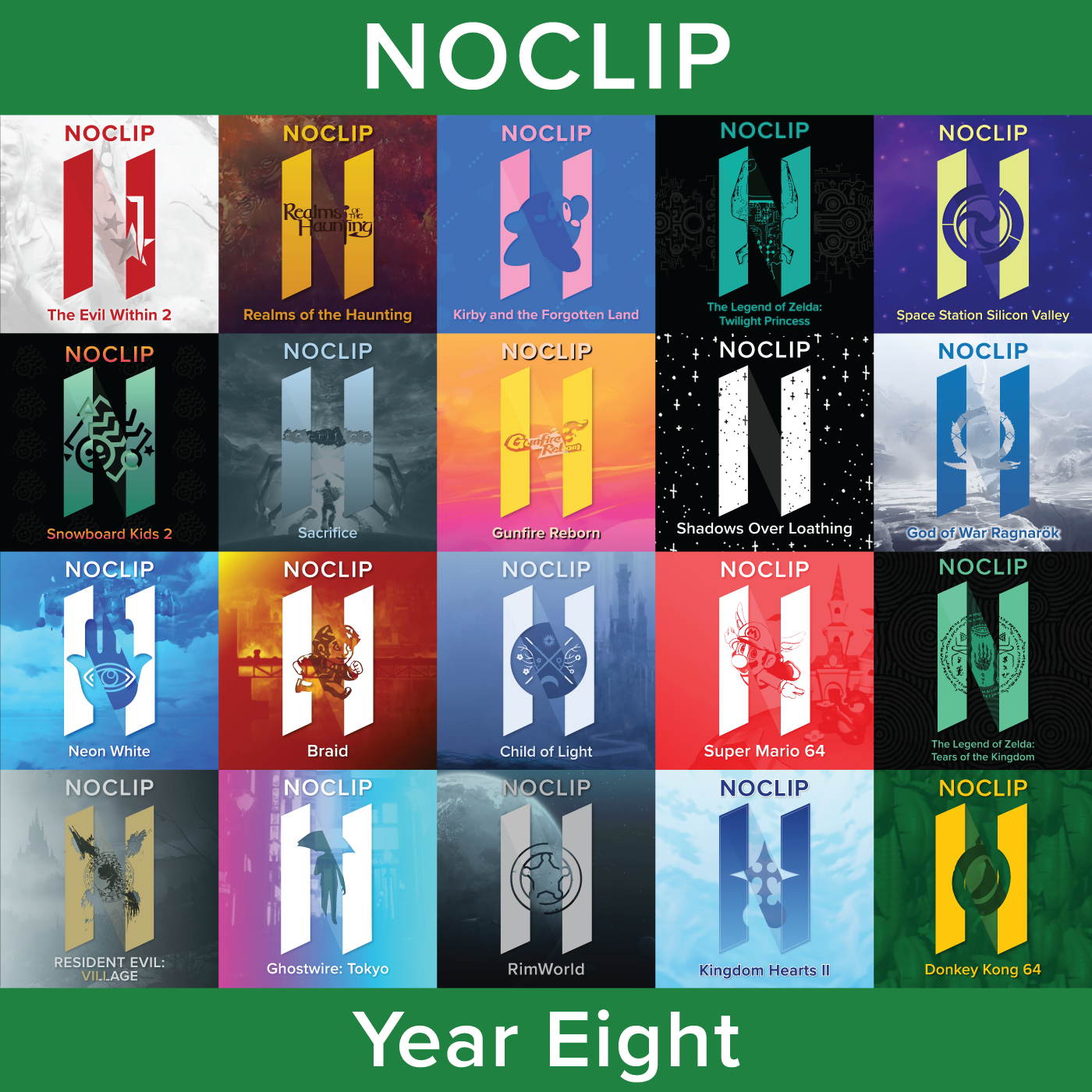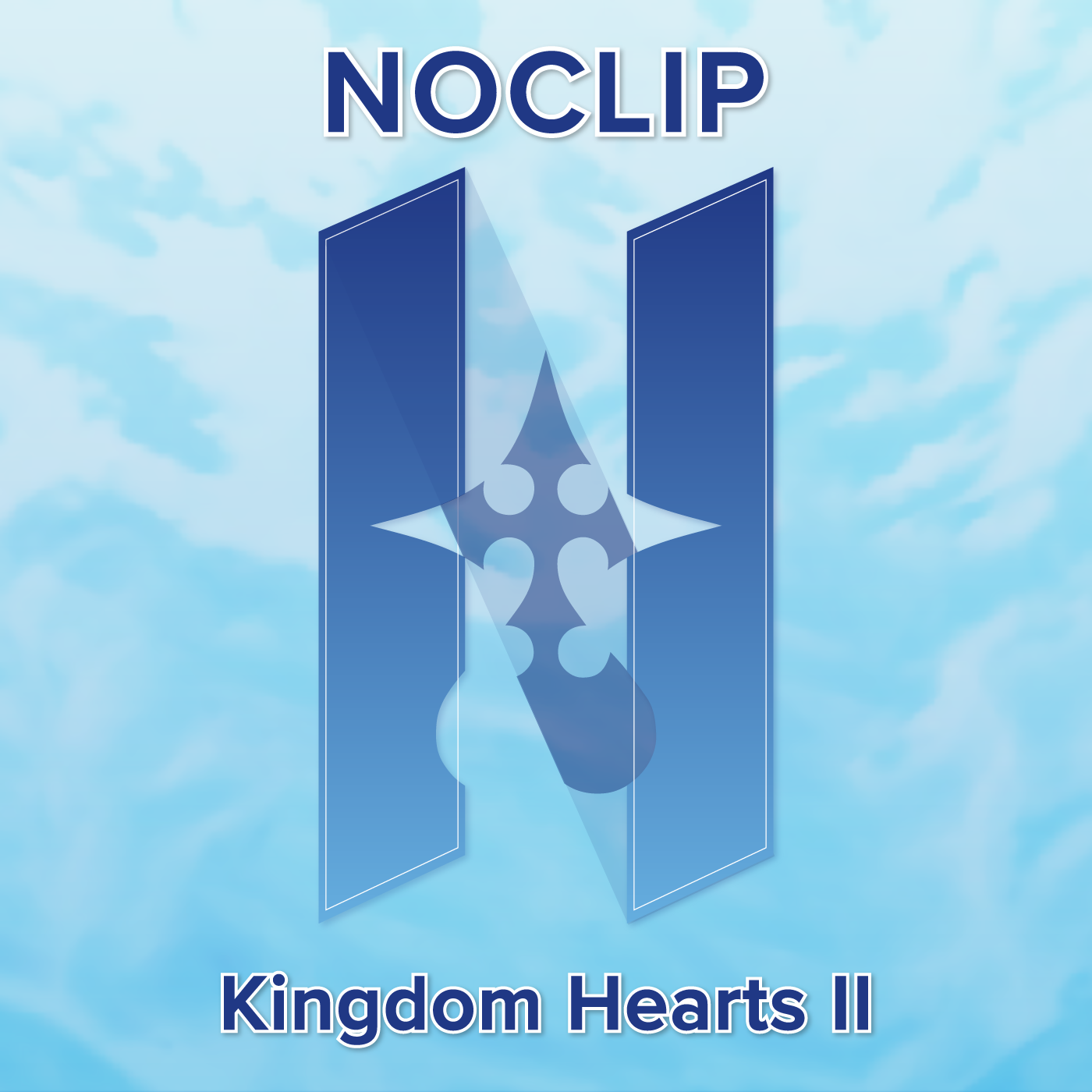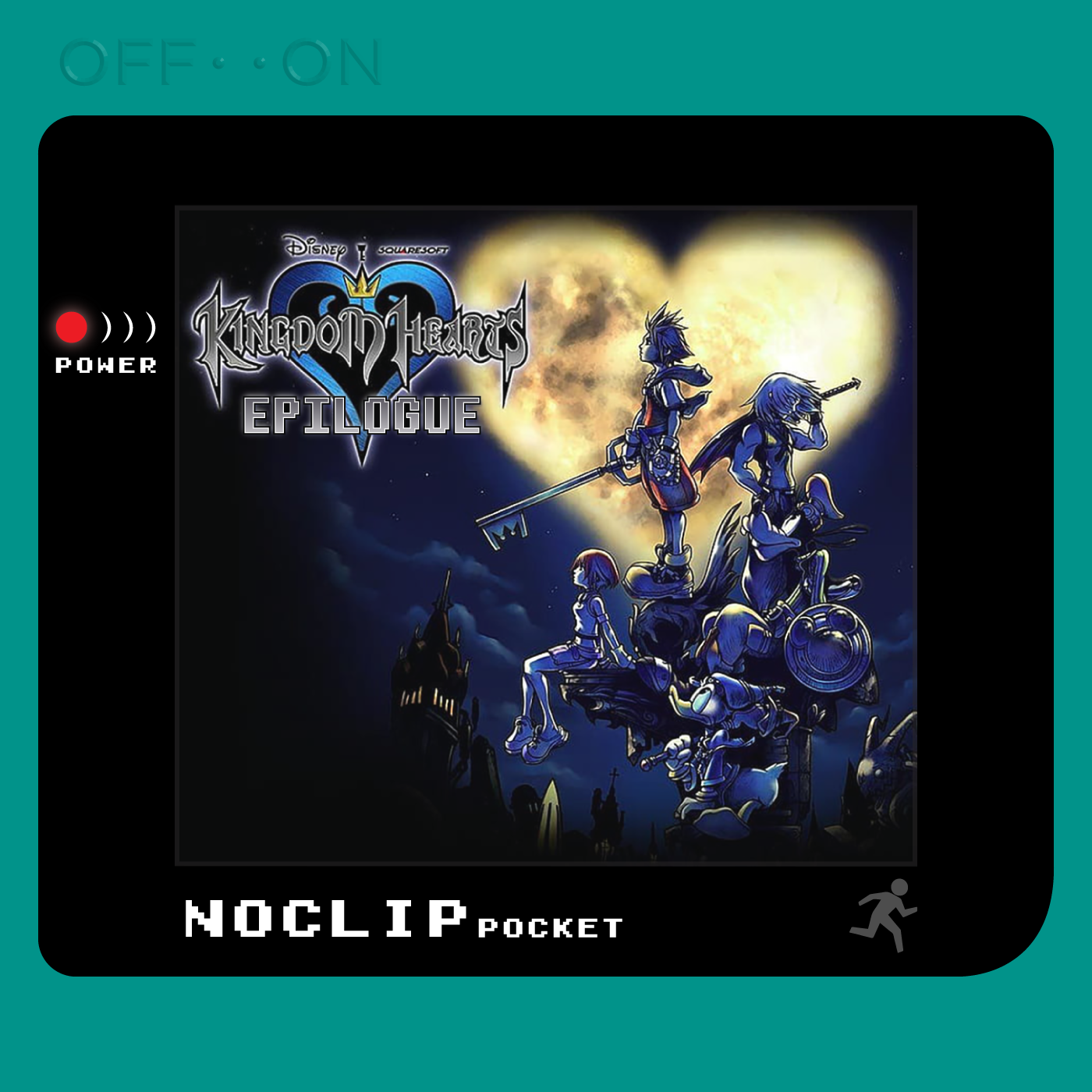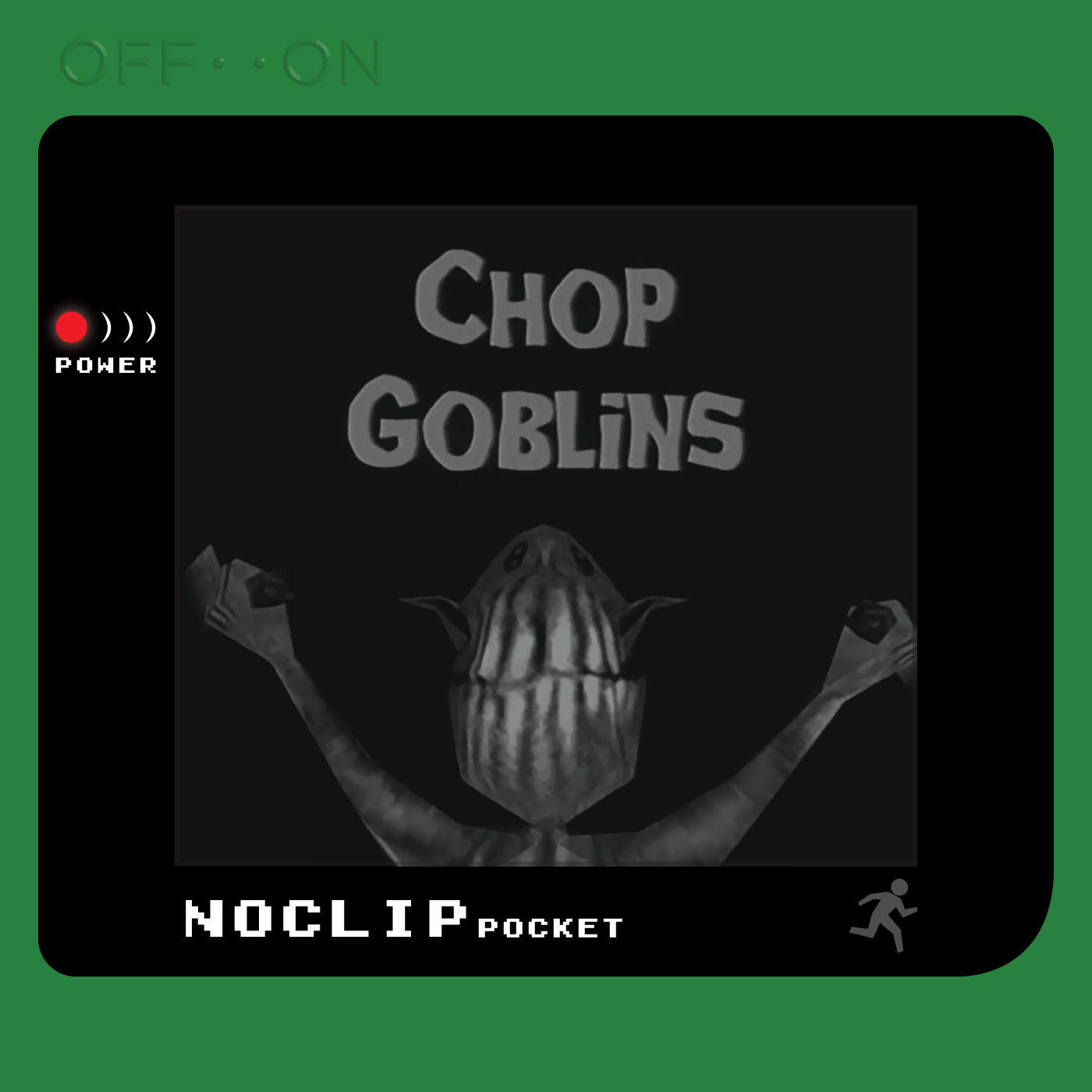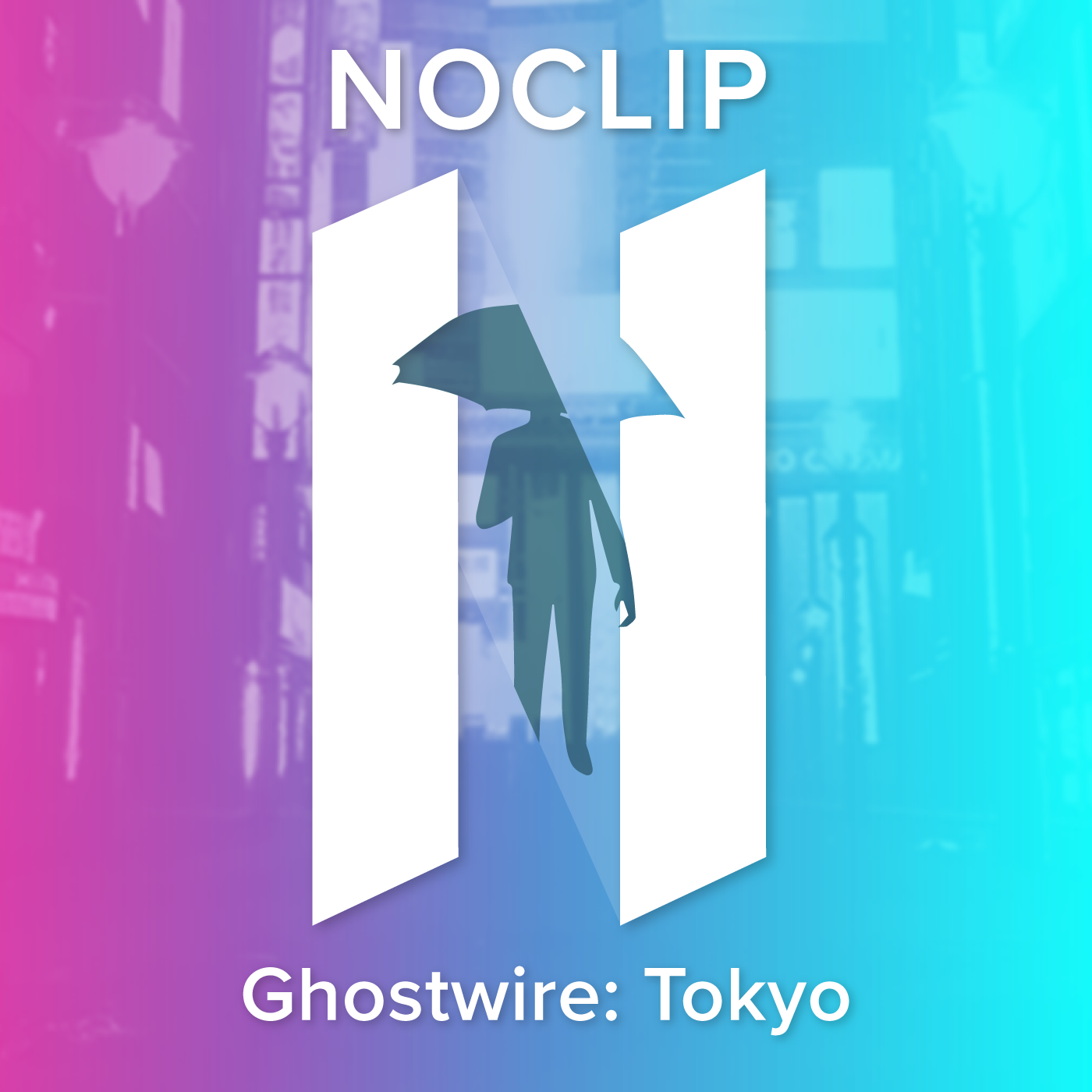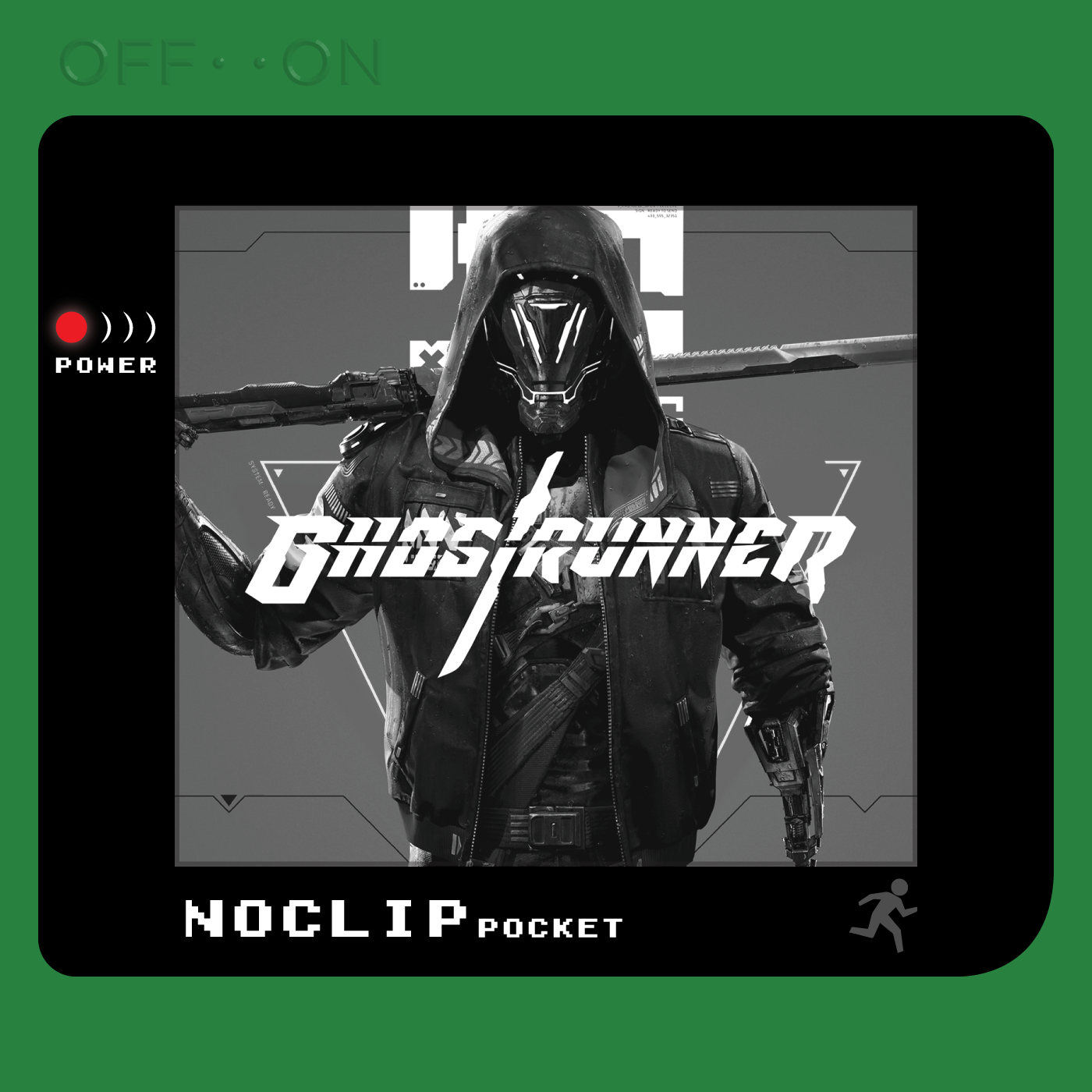This early in the game, I doubt you have the podcast to back that up.
Welcome back to NOCLIP Pocket, and the final episode of the year! We decided to try to do holiday themes this year and based on our success rate, I doubt we’ll go for it again. Cthulhu Saves Christmas is a novelty follow up to another comedy RPG by this developer, Cthulhu Saves the World, but this time it is obviously themed around Christmas. The game is a throwback RPG with turn-based combat and (kind of) random encounters, where you lead Cthulhu and a party of festive followers around locations from different Christmas mythologies to defeat an evil league of ne’er-do-wells. On top of that, the combat has numerous systems, including a character specific mechanic involving building and spending chicken power as well as shifting the moves available to you based on your use of yet another recharge system. If that all seems like a lot for an indie game as short as this one is, well, you’d be right. There are a lot of good ideas present here, but it lacks the focus that’s necessary to really bring it all together into a game that is both novel and fun. That being said, if the game’s particular brand of humor speaks to you and you can appreciate the presentation, with a particular highlight on the music, this could still be worth the pretty low asking price.
Thank you for joining us again this week and this year for NOCLIP Pocket! We hope your holidays are going well (or at least better than the games we chose for this month, lol). I want to spotlight the upcoming Fanbruary event we’re doing here, so if you have suggestions of games we’d like to play, let us know over on our Discord or in the comments (or an email, or wherever else you’re comfortable doing so) and we’ll put those games in the running for an episode. Check out the last two Februarys for some examples of what we chose if you’re looking for inspiration. Thank you for listening this week, and next time we post a pocket, it will be one of the games we chose, so we hope you’ll join us then!






